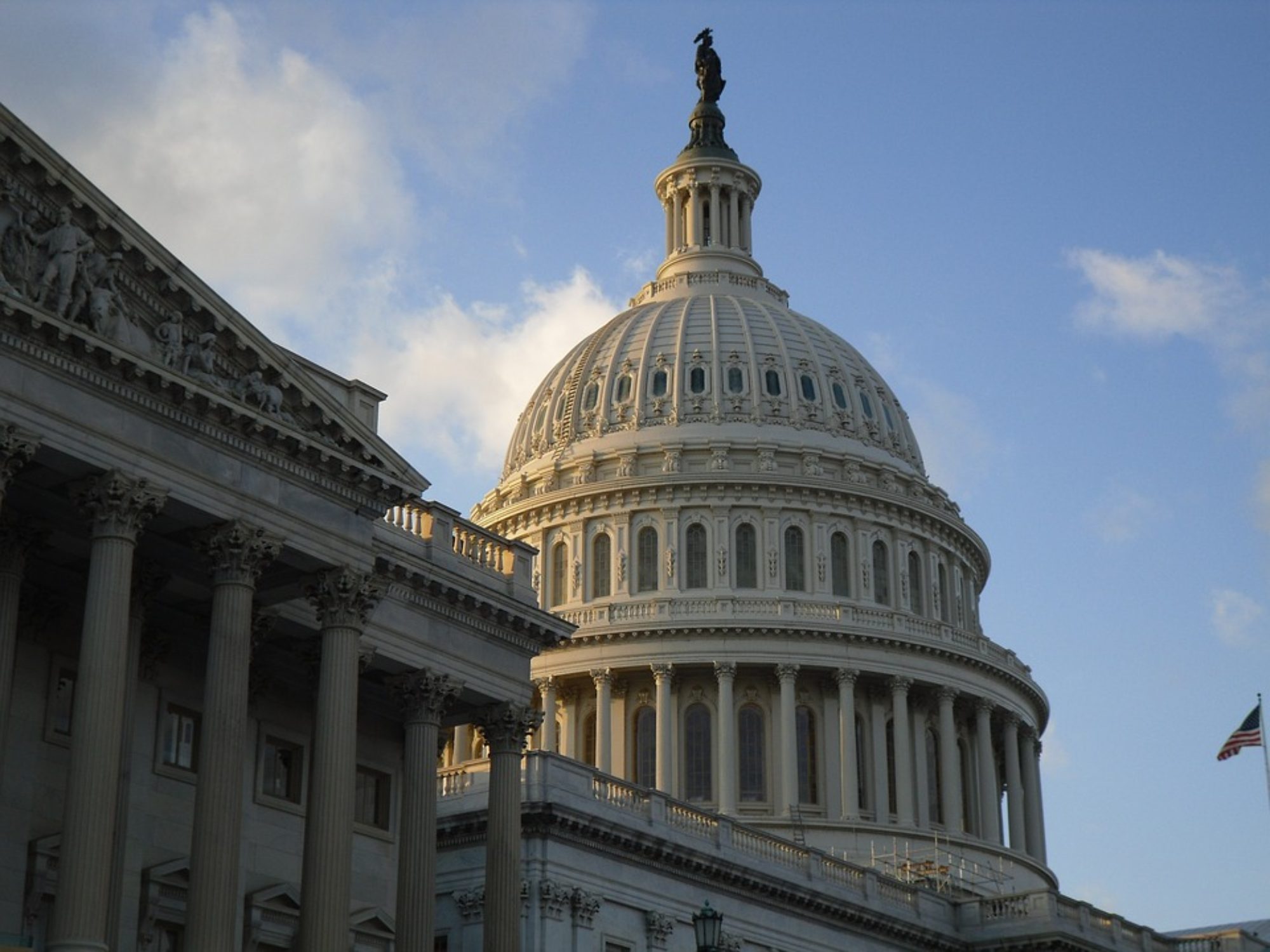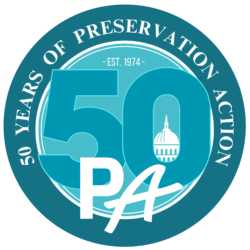This is a general overview of the Federal Budget Process for a single fiscal year, October 1 through September 30.
Fall
Federal agencies develop and submit draft budgets to the Office of Management and Budget.
First Monday in February
The President, with the assistance of the Office of Management and Budget submits a draft budget.
March-April
Appropriations subcommittees provide to House and Senate Budget Committees their “Views and Estimates.”
April 15
The House and Senate Budget Committees submit Budget Resolutions to the respective Houses which include tables of general Categorical Spending called 302(a) allocations. Each house is required to adopt their Budget Resolution with spending caps by April 15, however this deadline is rarely met.
April-May
The Appropriations Committees in the House and the Senate then take their 302(a) allocations and assign general categorical spending limits called 302(b) allocations to their subcommittees.
April-June
Appropriations Subcommittees hold hearings and accept testimony concerning funding levels for specific programs and projects. They send draft bills back to the Appropriations Committees.
May-June
Appropriations Committees hold “mark-ups” for each of the 12 annual spending bills.
June-October
- As Appropriations Committees pass individual bills, they are sent to the floor for vote.
- Once bills pass both Houses, they must be “conferenced” to work out any differences between the two versions. House-Senate conference committees make final determinations and prepare a Conference Report.
- Conference Report is passed by the House and the Senate and sent to the President. The goal is to have each appropriations bill passed by the end of the fiscal year on September 30.

